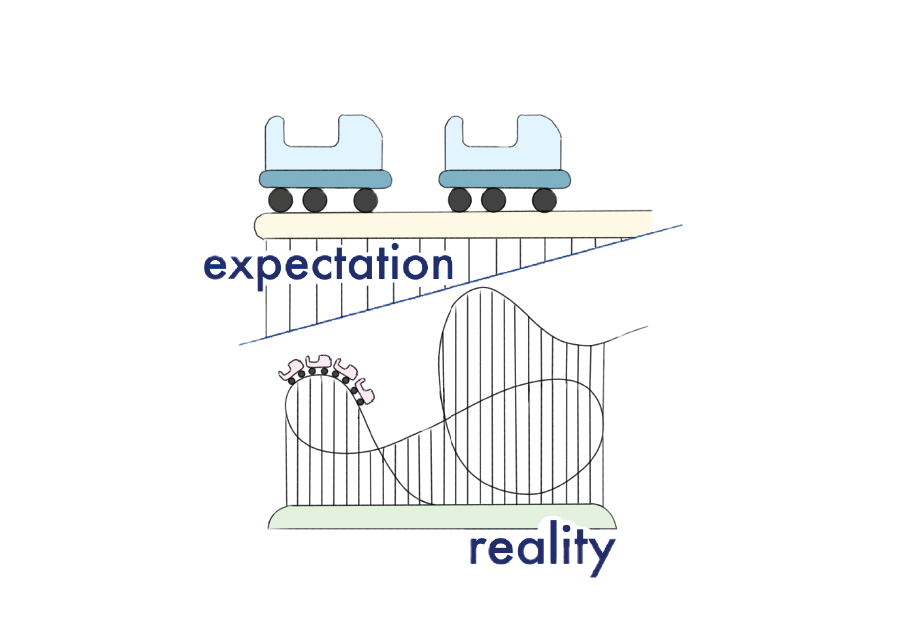There has been much controversy around the deeper meaning of toys in recent years. From the rise of engineering toys specifically for girls, like GoldieBlox, to accusations of gender stereotyping with certain toys, like the association of girls with princesses and boys with superheroes, it seems fitting that America’s most iconic doll has finally been pressured into changing.
Mattel has responded to the continual complaints from the public (and rarely the girls actually playing with them) by unveiling more diverse body types for Barbie, splitting her figure into Curvy, Petite, Tall and Original and expanding to seven different skin tones, 22 eye colors and 24 hairstyles as part of the 2016 Barbie Collection.
I am not against the diversification of Barbie. In fact, I applaud Mattel for representing more of America’s women. However, in the process of feminists protesting for the diversification of Barbie, they have reduced her to the exact thing women have been fighting against: a woman who is defined by her body, not her intelligence, career or character.
It is grossly oversimplifying to believe Barbie is just high heels and blonde hair. Barbie was created in 1959 when 22 percent of women worked and many women only worked until they got married. She has been a Presidential Candidate since 1992, running as an Independent, before any female candidate made it onto the ballot. She became a TV news reporter in 1985, when only 13 percent of reporters were women.
Barbie was an astronaut in 1965, 18 years before Sally Ride went into orbit. She was a Fortune 500 CEO in 1963, nine years before Katharine Graham became the first female CEO of the Washington Post in 1972. She became a surgeon in 1973, when only seven percent of surgeons were female and nine percent of doctors were women. She has served in all major branches of the Armed Forces. In 1989, she was an officer in Operation Desert Storm, when women made up 13 percent of the Army and nine percent of its officers. She achieved her highest military rank as Sergeant in the Marine Corps in 1992, commanding a squadron of eight soldiers, when women made up seven percent of the total Corps. Barbie became an engineer in 1996, noting the gender gap in the field, when women only constituted nine percent of it.
Barbie is accomplished, despite her appearance. Society believes that few women who look like Barbie cannot be intelligent, showing a focus on physical characteristics over intellect. These changes cause people to focus on Barbie’s appearance rather than Barbie’s abilities that are within each of us. The power of Barbie was always in the imagination of young girls who used her to envision their futures in space, the operating room, the Oval Office or even in Malibu.
Barbie has come a long way since she debuted in 1959 as a “teenage fashion model.” However, with the diversification of Barbie’s appearance, I fear that more emphasis will be placed on young girls and their mothers finding Barbies that match their daughters’ physical traits rather than letting them imagine their potential through their Barbies. Regardless of her non-normative appearance, Barbie is a trailblazer for what women can achieve







